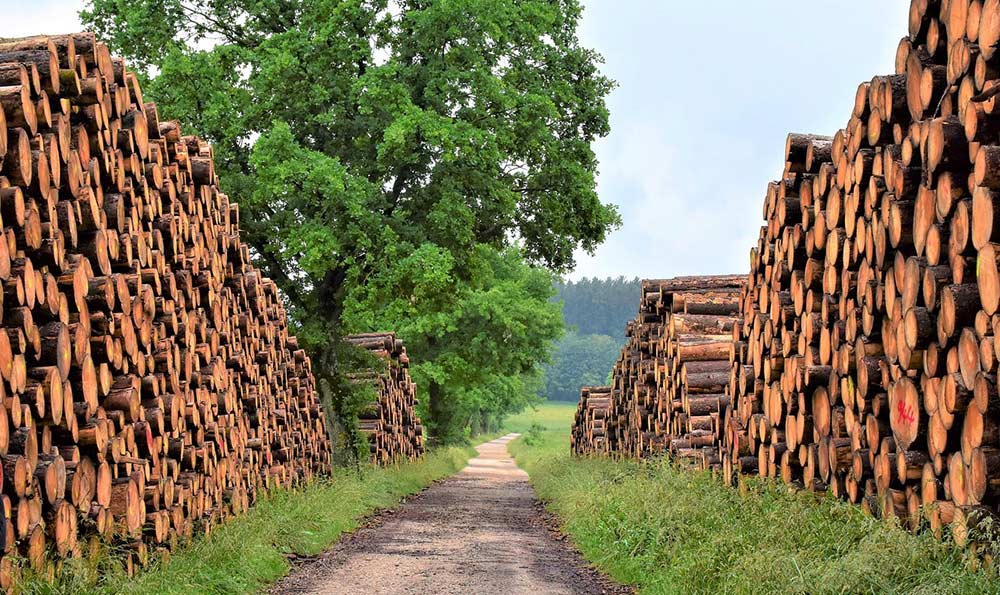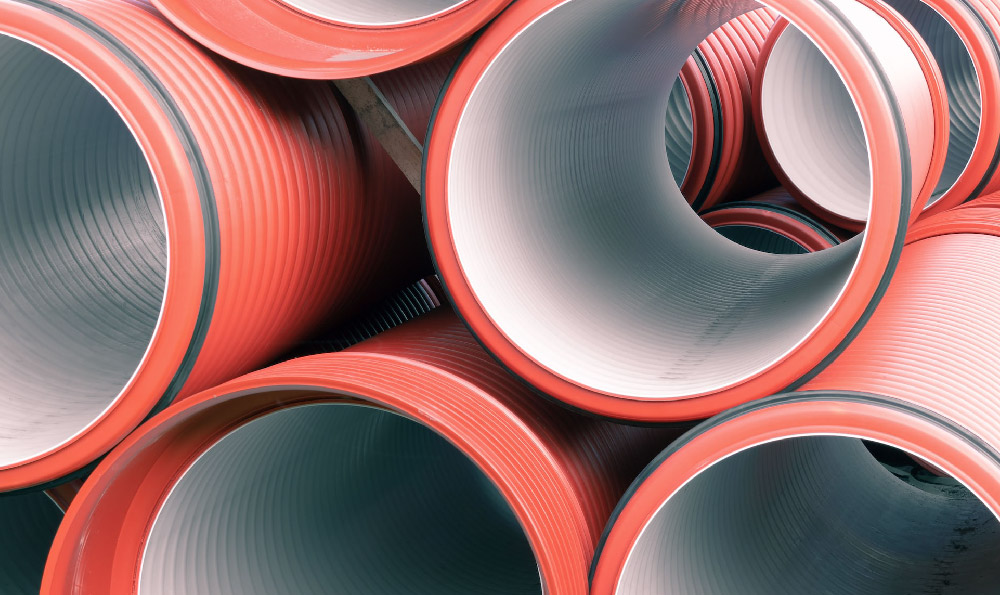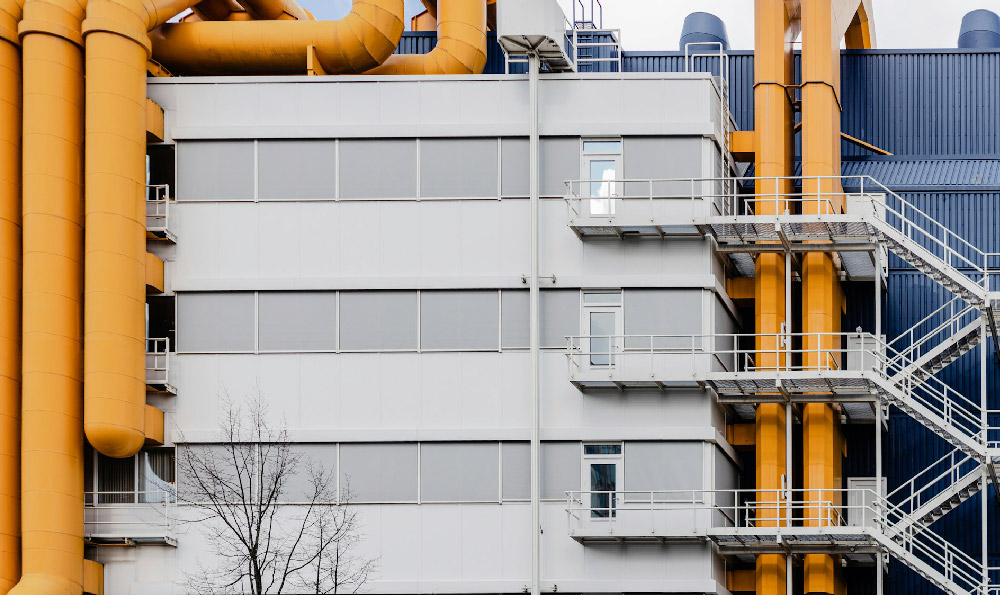
石油无缝钢管作为石油工业中的关键材料,其钢级对于管线的安全运行和石油开采的效率起着至关重要的作用。本文将深入探讨石油无缝钢管的钢级,分析其技术革新与应用前景。
2. 文章的主要内容和结构
本文将分为三个部分进行讲述。介绍石油无缝钢管的钢级对于石油工业的意义。详细分析当前常用的石油无缝钢管的钢级及其优缺点。展望未来石油无缝钢管钢级的发展趋势,并提出一些建议。
3. 论述部分
3.1 石油无缝钢管的钢级对于石油工业的意义
通过引用数据和案例,阐述石油无缝钢管在石油工业中的重要性。石油无缝钢管的钢级在输油管线中起到了支撑和保护作用,关系到石油的安全运输和供应。
3.2 当前常用的石油无缝钢管的钢级及其优缺点
介绍当前主流使用的石油无缝钢管的常见钢级,如API 5L、API 5CT等,并分析其优缺点。通过事实和数据来支持论点,某种钢级在高温高压环境下具有优异的抗压性能,但耐腐蚀性较差。
3.3 石油无缝钢管钢级的发展趋势与建议
展望未来石油无缝钢管钢级的发展趋势,如基于材料科学的创新和技术进步。还可以提出一些关于石油无缝钢管钢级进一步优化的建议,如提高耐腐蚀性能、降低制造成本等。
4. 总结文章的主要观点和结论
总结石油无缝钢管钢级的重要性和应用前景,强调其对于石油工业的重要性与挑战。通过总结性的词语和展望未来的石油工业发展,给读者留下深刻的印象。
5. 增加作者与读者之间的共鸣和共识
在文章正文中使用一些反问句,例如“你是否知道石油无缝钢管的钢级对于石油工业的重要性?”来引起读者的思考并与作者达成共识。
6. 增加作者的智慧感和权威感
在文章正文中使用设问句,例如“石油无缝钢管的钢级是否需要进一步提高抗腐蚀性能?”来展示作者的思考和判断力。
7. 增加作者的个性感和魅力感
在文章正文中使用强调句,例如“石油无缝钢管的钢级是行业中的核心,创新是不可或缺的。”来展示作者独立见解和态度。
8. 增加作者的理性感和公正感
在文章正文中使用质疑句,例如“当前主流使用的石油无缝钢管钢级是否满足高温高压环境的要求?”来展示作者的批判精神和逻辑思维。
9. 结构词的替换
根据实际情况,可以删除或替换“首先”、“其次”、“再次”、“此外”、“最后”、“总结”等词语,以增加文章的流畅性和可读性。
10. 文章总体字数
文章的总体字数预计在800字到2000字之间,以充分展开论述和让读者获得全面的理解。
石油无缝钢管的钢级标准

石油行业作为世界上最具竞争力和重要性的行业之一,在许多关键领域都需要应用高质量的石油无缝钢管。这些管道承担着输送原油和天然气的重任,因此对其质量和性能有着严格的要求。在保证安全和可靠运输能力的选择合适的钢级标准对于钢管的品质和服务寿命至关重要。本文将介绍石油无缝钢管的钢级标准,并对其进行比较和评价,以提供给读者全面的了解。
石油无缝钢管的钢级标准是根据不同的材料特性、用途和工作条件来设计和制定的。我们来介绍API标准。API(美国石油学会)标准是全球最常用的石油无缝钢管标准之一。其钢级分为API 5L、API 5CT、API 5D等,每个钢级都有其特定的化学成分、机械性能和技术要求。这些标准广泛应用于油田开发、油气输送和石油机械加工等领域。
除了API标准,许多国际标准化组织(ISO)也提供了石油无缝钢管的钢级标准。ISO 3183是石油和天然气工业中最重要的标准之一,该标准分为多个部分,每个部分都规定了不同的钢级和技术要求。与API标准相比,ISO标准更加全球化和综合化,被广泛应用于国际石油和天然气行业。
针对特定需求和用途,国家和地区也制定了自己的石油无缝钢管钢级标准。中国的GB/T 9711标准规定了石油和天然气工业中使用的高强度钢级和技术要求。这些国家和地区标准在满足本地需求的也为国内外企业提供了更多的选择和竞争机会。
在石油无缝钢管钢级标准中,不同的钢级具有不同的特点和适用范围。高强度钢级可以提供更高的爆破压力和耐蚀性,适用于恶劣环境和高压输送。中等强度钢级在普通用途中具有较好的性能和经济性。而低强度钢级则适用于一些低压和非关键环境下的应用。
总结而言,石油无缝钢管的钢级标准在石油行业中起到了决定性的作用。钢级标准不仅涉及到材料的性能和质量,还直接关系到运输安全和项目成功。通过了解不同的钢级标准,我们可以根据具体需求和条件选择适合的钢管,以确保项目的顺利进行和设备的长期可靠运行。
总字数:482字
无缝钢管是铁还是钢

无缝钢管是一种广泛应用于各个行业的管材。很多人对无缝钢管到底是铁还是钢存在一定的困惑。本文将通过定义、分类、举例和比较等方法来阐述无缝钢管是属于铁还是钢材,并解答读者的疑惑。
无缝钢管是由钢坯经过加工制造而成的一种管状材料。钢坯是通过冶炼和铸造过程,使其凝固后形成的坯料。我们可以初步判断无缝钢管属于钢材,而不是铁材。
要进一步了解无缝钢管的材质,我们需要对钢和铁进行更详细的分类和比较。钢是铁和碳的合金,其中碳的含量通常在0.02%至2.11%之间。根据碳含量的不同,钢可以分为低碳钢、中碳钢和高碳钢等多个等级。相比之下,铁则是一种纯净的金属元素,没有添加其他合金元素。
从这个角度来看,无缝钢管中的碳含量决定了它属于钢材还是铁材。无缝钢管中的碳含量较高,因此可以判断无缝钢管属于钢材。
无缝钢管还可以根据其用途和制造工艺进行进一步的分类。根据用途,无缝钢管可以分为石油管、天然气管、汽车管等不同类型。根据制造工艺,又可以分为冷拔无缝钢管、热轧无缝钢管、冷轧无缝钢管等等。
举例来说,石油管是一种用于输送石油和天然气的管道,其材质一般是高强度、耐腐蚀的钢材,比如API 5L的石油管线管,其具有优良的化学成分和性能参数。而汽车管一般需要具备较高的强度和韧性,在制造过程中采用优质钢材,以确保其安全可靠。
无缝钢管属于钢材,它是由钢坯经过加工制造而成的管状材料。无缝钢管的材质取决于其碳含量,同时还可以根据用途和制造工艺进行进一步的分类。了解无缝钢管的材质对于选择合适的管材以及使用于各个行业都具有重要意义。
Seamless steel pipe Is it iron or steel?
Introduction
Seamless steel pipe is widely used in various industries. However, many people are confused about whether seamless steel pipe is made of iron or steel. This article will use methods such as definition, classification, examples, and comparisons to clarify the related knowledge of whether seamless steel pipe is iron or steel, and answer readers' questions.
Main Body
Seamless steel pipe is a tubular material manufactured by processing steel billets. Steel billets are formed through smelting and casting processes, which solidify into billets. Therefore, we can preliminarily determine that seamless steel pipes are made of steel rather than iron.
However, to further understand the material of seamless steel pipes, we need to classify and compare steel and iron in more detail. Steel is an alloy of iron and carbon, with the carbon content usually ranging from 0.02% to 2.11%. Depending on the carbon content, steel can be divided into grades such as low carbon steel, medium carbon steel, and high carbon steel. In contrast, iron is a pure metallic element without any added alloy elements.
From this perspective, the carbon content in seamless steel pipes determines whether they belong to steel or iron. Generally speaking, seamless steel pipes have a higher carbon content, so it can be concluded that seamless steel pipes are made of steel.
In addition, seamless steel pipes can also be further classified according to their uses and manufacturing processes. According to their uses, seamless steel pipes can be divided into different types such as petroleum pipes, natural gas pipes, and automotive pipes. According to the manufacturing process, they can be classified as cold-drawn seamless steel pipes, hot-rolled seamless steel pipes, cold-rolled seamless steel pipes, and so on.
For example, petroleum pipes are pipes used for transporting oil and gas, and their materials are generally high-strength and corrosion-resistant steel, such as API 5L petroleum pipeline pipes, which have excellent chemical composition and performance parameters. Automotive pipes generally require high strength and toughness, and high-quality steel is used in the manufacturing process to ensure safety and reliability.
Conclusion
In conclusion, seamless steel pipes are made of steel. They are tubular materials manufactured by processing steel billets. The material of seamless steel pipes depends on their carbon content and can also be further classified according to their uses and manufacturing processes. Understanding the material of seamless steel pipes is of great significance for selecting suitable pipes and using them in various industries.

















